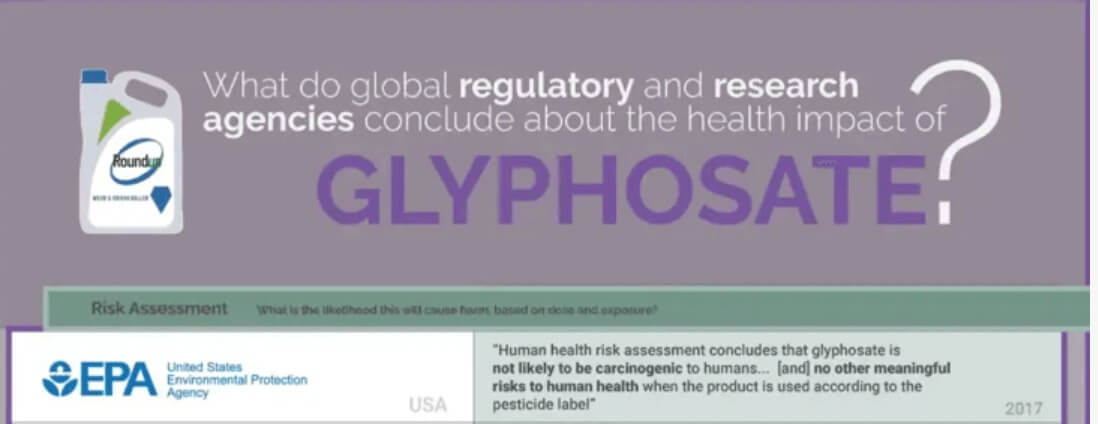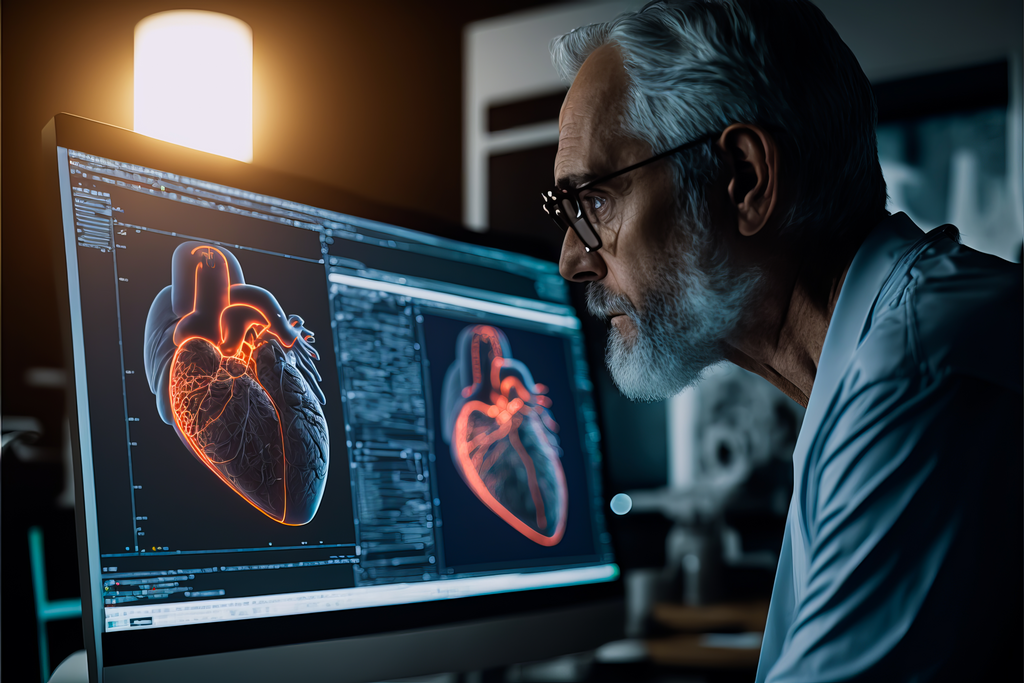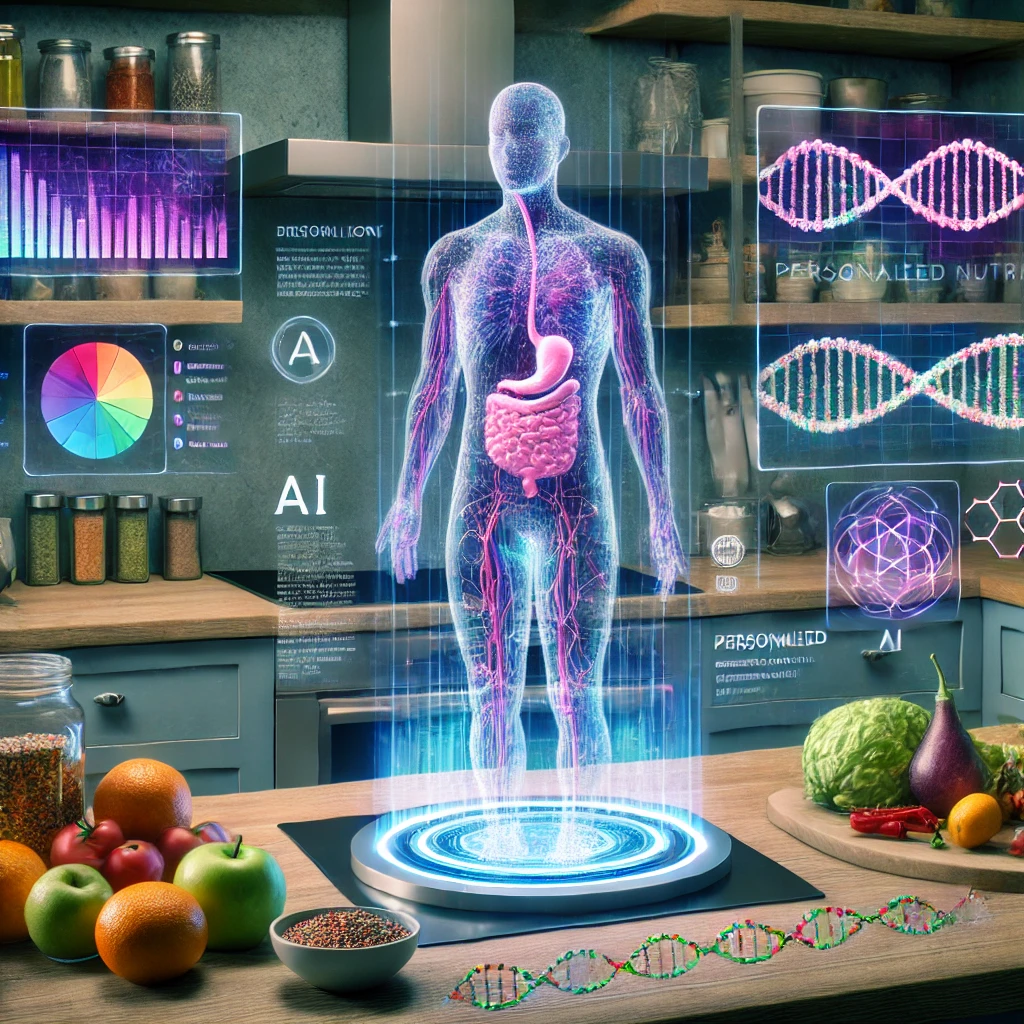Discover Pandipedia
Pandipedia is the world's first encyclopaedia of machine generated content approved by humans. You can contribute by simply searching and clicking/tapping on "Add To Pandipedia" in the answer you like. Learn More
Expand the world's knowledge as you search and help others. Go you!
The Dawn of Personalized Nutrition
Personalized nutrition, also known as nutrigenomics, is an approach that tailors dietary advice and interventions based on an individual's unique genetic profile, health status, lifestyle, and preferences[1][17]. This marks a significant shift from traditional, generalized dietary guidelines to a more individualized strategy[3][10]. The field studies the relationship between the human genome, nutrition, and health, with the goal of preventing chronic diseases and improving well-being and longevity[1][10][17]. As our understanding of genetics and metabolism advances, tailored nutrition is poised to significantly improve public health and usher in a new era of personalized medicine[1][17].
The Scientific Foundation: Linking Genes to Diet
The scientific basis for personalized nutrition lies in nutrigenomics, which examines how genetic variations influence metabolism and nutrient absorption[3]. Individual genetic differences, such as single nucleotide polymorphisms (SNPs), can affect how the body processes nutrients and impact susceptibility to conditions like obesity, diabetes, and cardiovascular disease[3][5]. For example, polymorphisms in the MTHFR gene affect folate metabolism, variations in APOE modify lipid metabolism, and certain SNPs in the FTO gene are associated with obesity[3][5]. This gene-nutrient interaction is a two-way street; not only do genetic variants influence the body's response to nutrients (nutrigenetics), but nutrients themselves can also modulate gene expression (nutrigenomics)[5]. However, the science is complex. Most diet-related diseases are not caused by a single gene but result from a combination of multiple genetic and environmental factors[5]. For instance, while the FTO gene is strongly linked to obesity, its most studied variant explains less than 1% of the variance in BMI, highlighting the limited predictive power of single-gene analyses for complex traits[5].
The Role of AI and Machine Learning in Crafting Dietary Plans
Artificial Intelligence (AI) and Machine Learning (ML) are revolutionizing nutrigenomics by enabling the analysis of vast and complex datasets[1][8][17]. AI-driven systems can integrate diverse data sources, including genomics, microbiome profiles, metabolic markers, medical history, and real-time data from wearable devices, to generate personalized dietary recommendations with unprecedented precision[3][8][12]. Supervised ML models like Support Vector Machines (SVM) and Random Forest (RF), along with unsupervised methods like Principal Component Analysis (PCA), are used to identify patterns, classify individuals, and predict responses to dietary interventions[6]. For example, ML was used to build a predictive model that identified two metabolites capable of predicting significant weight loss in subjects on a specific diet[1][17]. AI also powers applications that provide real-time feedback and dynamic adjustments to diet plans based on data from wearables like continuous glucose monitors, ensuring that recommendations evolve with an individual's changing health status[3][12].
Business Models: Direct-to-Consumer (DTC) Services
Driven by falling DNA sequencing costs, a growing number of companies offer nutrigenomics testing services directly to consumers (DTC)[5][11][18]. The typical DTC model involves a consumer ordering a kit online, providing a saliva sample at home, and receiving a report with genetic predispositions and dietary advice, all without the supervision of a clinician[5][10]. These services often focus on weight management, nutrient metabolism, food intolerances (like lactose and caffeine), and risk assessment for diet-related disorders[5][10]. Research has identified nine dominant business model
Evaluating Scientific Validity and Key Challenges

Despite the promise of personalized nutrition, the scientific validity of many commercial DTC tests is a significant concern[7][10]. One of the main challenges is the inadequate interpretation of complex genetic data, particularly when delivered without guidance from a qualified healthcare provider[10]. Studies have found conflicting findings and a lack of a consistent, sound evidence base for the gene-diet associations used in some commercial tests[7]. A 2020 analysis of 45 DTC companies revealed that 29 of them (about two-thirds) did not provide any information about the specific genes or genetic variants they analyzed, making it impossible to evaluate their scientific reliability[5]. Furthermore, many companies base predictions for highly complex traits on just a few genetic variants, which have very limited predictive ability[5]. The development of AI solutions also faces hurdles, including the
Navigating the Regulatory and Ethical Landscape
The personalized nutrition industry operates in a complex and evolving regulatory environment[4]. Regulations are often not written to cover personalized nutrition programs as a whole, but rather their individual components, such as devices, nutrition products, and health claims, which can be confusing[4]. The lack of comprehensive and harmonized global regulations poses a significant challenge for companies[14]. Key ethical concerns center on the collection and storage of sensitive genetic information, raising issues of data privacy, security, informed consent, and the potential for genetic discrimination[3][10][14]. To address these issues, experts have called for regulatory guidance focusing on the safety and accuracy of tests and responsible communication of benefits[4]. Suggestions include establishing a network of regulatory experts to support companies and creating a certification process to help consumers identify high-quality, trustworthy services[4]. Adherence to new frameworks like the EU's AI Act and the US's AI Bill of Rights will also be vital to ensure that AI systems are safe, transparent, and non-discriminatory[15].
Let's look at alternatives:
- Modify the query.
- Start a new thread.
- Remove sources (if manually added).

AI and generative AI in particular hold great promise in accelerating sustainability initiatives.
Phil Spring, Senior Partner at…[3]
Without proper sustainability measures, the expansion of AI could accelerate ecological harm and worsen climate change.
Mahmut Kandemir, Professor of …[4]

As AI adoption grows, the demand for data centers is likely to rise, leading to an increase in energy use.
Phil Spring, Senior Partner at…[3]
The widespread adoption of existing AI applications could lead to emissions reductions that are far larger than emissions from data centers.
Unknown[5]
Optimizing AI models to use fewer resources without significantly compromising performance is one approach to reducing AI's footprint.
Mahmut Kandemir, Professor of …[4]
Let's look at alternatives:
- Modify the query.
- Start a new thread.
- Remove sources (if manually added).
Get more accurate answers with Super Pandi, upload files, personalised discovery feed, save searches and contribute to the PandiPedia.

Anyone who stops learning is old, whether at twenty or eighty.
Henry Ford[6]
The purpose of learning is growth, and our minds, unlike our bodies, can continue growing as we continue to live.
Unknown[6]

Learning is not attained by chance, it must be sought for with ardor and diligence.
Abigail Adams[6]
A commitment to lifelong learning is a natural expression of the practice of living consciously.
Unknown[6]
True education challenges not just the mind, but the heart to understand, empathize, and grow.
Unknown[3]
Let's look at alternatives:
- Modify the query.
- Start a new thread.
- Remove sources (if manually added).
Transcript
Welcome to our pocket history of the digital detox movement. In the early days of the World Wide Web, experts began raising concerns about excessive screen time and the threat of internet dependency. People started to notice that spending too much time online could affect their well-being, and early unplug campaigns were born. Over time, enthusiasts began to consciously choose to step away from social media and digital devices, a practice sometimes called media refusal. As digital life became increasingly demanding, structured digital detox retreats emerged. Initially small in scale, these early retreats offered people a chance to unplug in a controlled environment, paving the way for today's global movement. Modern digital detox retreats now combine nature immersion, mindful activities, and even luxury escapes to help individuals find a better balance between technology and real life. The movement has evolved from spontaneous unplugging to organized, preventative strategies built on academic research and clinical insights. This brief journey shows us how digital detox has grown from early concerns about screen addiction to the sophisticated retreats that help people reclaim focus, creativity, and well-being.
Let's look at alternatives:
- Modify the query.
- Start a new thread.
- Remove sources (if manually added).
Drones can scan large areas quickly, detecting methane leaks efficiently.
Methane is a potent greenhouse gas with significant environmental impact.
The SeekOps sensor can detect methane at 10 parts per billion.
Regulatory penalties for methane violations can reach significant fines.
The Falcon Plus methane detector identifies leaks from at least 40 meters away.
Let's look at alternatives:
- Modify the query.
- Start a new thread.
- Remove sources (if manually added).
Logical qubit lifetimes surpass their best physical qubit by more than twofold.
The surface code has an error threshold around 1% for fault tolerance.
Google's surface codes achieved exponential error suppression with increased code distance.
Error correction maintains the integrity of logical qubits despite physical qubit errors.
Higher distance codes exhibit a faster reduction in logical error rates.
Let's look at alternatives:
- Modify the query.
- Start a new thread.
- Remove sources (if manually added).
Get more accurate answers with Super Pandi, upload files, personalised discovery feed, save searches and contribute to the PandiPedia.
Let's look at alternatives:
- Modify the query.
- Start a new thread.
- Remove sources (if manually added).
Introduction to Digital Twin Technology in Healthcare

Digital twin technology is an emerging force in healthcare, representing a virtual model of a person, organ, or process that is dynamically updated with real-time data from its physical counterpart[4][6]. The National Academies of Sciences, Engineering, and Medicine (NASEM) defines a digital twin as a set of virtual information constructs that mimics a physical system, is updated with data from that system, has predictive capabilities, and informs decisions[6]. This bidirectional interaction between the physical and virtual is central to the concept[6]. However, the term is still considered fuzzy and can vary widely in its application, sometimes used as an umbrella term for any effort to digitalize the human body using computer models and simulations[1][12]. A key application within this domain is the 'virtual patient' (VP), an interactive computer simulation of real-life clinical scenarios designed for training, educating, and assessing health professionals[10]. VPs allow students to practice clinical reasoning and decision-making in a safe, controlled environment without risk to actual patients[10][19].
Constructing the Digital Twin: Data, Modeling, and AI

Creating a patient-specific digital twin requires integrating vast amounts of diverse data to build a holistic view of the individual[4]. Data sources include electronic health records (EHRs), medical imaging like CT and MRI scans, genetic and '-omics' data (genomics, proteomics), and real-time information from wearables, medical devices, and sensors[4][6]. This information also encompasses physical indicators, demographic data, and lifestyle factors[4]. At the core of the digital twin is the virtual representation, which consists of computational models that simulate human physiological phenomena[6]. These models can be mechanistic, based on the physics and biology of the system, or statistical, data-driven models built using artificial intelligence (AI) and machine learning (ML)[4][6]. AI/ML algorithms are essential for analyzing complex datasets, identifying patterns, predicting disease progression, and suggesting personalized treatment plans[4][17]. This AI-driven simulation can then be used to make prognoses and predict future health developments, such as warning a person of an imminent heart disease based on their simulated cardiovascular system[1].
Applications in Clinical Practice and Medical Education
Digital twins are poised to revolutionize healthcare across several domains. In precision medicine, they enable the creation of personalized treatment plans by simulating how an individual might respond to different therapies, allowing clinicians to test interventions on the virtual twin before applying them to the real patient[1][4]. This can improve diagnostic accuracy, reduce medical errors, and optimize drug selection[4]. Beyond individual care, the technology can optimize clinical operations by analyzing workflows and resource allocation, leading to streamlined processes and reduced costs[4][12]. Digital twins also empower patients to take an active role in their own care by providing them with access to their health data and personalized insights, fostering shared decision-making[4][7]. In medical education, Virtual Patient Simulators (VPS) offer a safe and realistic environment for students to enhance their skills[4]. Studies show that VPS training improves students' perceptions of their learning process and helps integrate theoretical knowledge with practical application[16]. This form of simulation is effective for developing crucial skills like clinical reasoning and history taking[10][19].
Validation, Trustworthiness, and the Regulatory Landscape
For digital twins to be adopted in clinical settings, they must be proven reliable and trustworthy[6]. This is achieved through a framework of Verification, Validation, and Uncertainty Quantification (VVUQ)[6]. Verification ensures the underlying code and algorithms are correct, validation assesses how accurately the model represents the real world, and uncertainty quantification formally tracks and communicates the degree of confidence in the model's predictions[6]. The highly personalized nature of digital twins presents a significant validation challenge, as traditional randomized clinical trials (RCTs) based on population averages are not suitable for an 'N-of-1' experiment[6]. Alternative approaches, such as personalized trials that randomize treatment periods within a single patient, are being explored[6]. The regulatory landscape is still evolving to keep pace with this technology[15]. The dynamic, continuously updating nature of digital twins challenges existing FDA frameworks for medical devices[6]. Despite these hurdles, some commercial applications have achieved regulatory success. HeartFlow, for instance, received FDA clearance for its AI-driven platform that creates patient-specific models for coronary artery disease, demonstrating that robust VVUQ is critical for market approval[6]. Other companies like IQVIA are also advancing commercial digital twin solutions, indicating the technology is already being implemented[8].
Ethical Issues and Societal Risks

The rise of digital twins introduces a host of complex ethical, legal, and societal implications[13][15]. Privacy is a primary concern, as these systems require a persistent, detailed picture of a person's biological, genetic, and lifestyle information[12]. This creates risks of 'big data discrimination' by entities like insurance companies, and it amplifies the potential damage from security breaches or data leaks[12]. The technology also raises questions of inequality, as it may widen the gap between those who can afford it and those who cannot[12]. Furthermore, AI models can inherit and perpetuate existing biases in healthcare data, which is often skewed towards certain demographics[12]. A central ethical challenge revolves around control and autonomy: who has the power to direct how a person's digital representation is used, and how can we prevent the simulation from being used against the individual's interests[1]? This leads to the risk of what has been termed 'illegitimate replacement' of the person by the simulation[1]. Finally, there is the question of accountability. If a diagnosis based on a digital twin is wrong, it can be difficult to determine whether the physician or the technology is responsible[12].
Let's look at alternatives:
- Modify the query.
- Start a new thread.
- Remove sources (if manually added).
Transcript
Curious about the AI revolution? In the next minute, we'll break down the technology powering it all: foundation models. The future of AI is models that are trained on a broad set of unlabeled data that can be used for different tasks with minimal fine-tuning. Think of it like this: you learn to drive one car, and with a little effort, you can drive most other cars. Foundation models work similarly, applying knowledge from one situation to another. You've likely heard of them, models like GPT-4, BERT, and DALL-E are all pioneering examples. They can handle jobs from translating text and analyzing medical images to generating entirely new content. But they have limitations. They can sometimes fabricate answers, a phenomenon known as hallucination. And since they are trained on vast datasets, they can learn and amplify harmful biases, which can disproportionately harm marginalized groups. Despite these challenges, foundation models are the cornerstone of the next generation of intelligent systems, offering scalable and adaptable frameworks for advanced AI applications.
Let's look at alternatives:
- Modify the query.
- Start a new thread.
- Remove sources (if manually added).
The National Quantum Initiative Act was signed into law in December 2018.
The European Union launched its Quantum Flagship program to lead in quantum tech by 2030.
China has invested $15 billion in quantum technology research and development.
The US National Quantum Initiative allocated over $1.2 billion for quantum advancements from 2019 to 2023.
Australia unveiled its National Quantum Strategy in 2023, aiming for technological leadership.
Let's look at alternatives:
- Modify the query.
- Start a new thread.
- Remove sources (if manually added).











